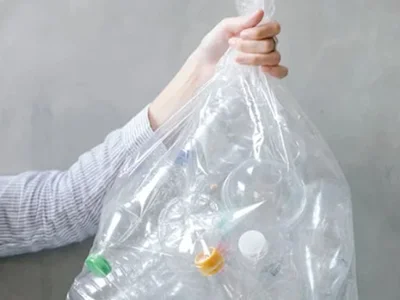Reclaim Waste Things To Know Before You Buy
Reclaim Waste Things To Know Before You Buy
Blog Article
The Reclaim Waste Diaries
Table of ContentsThe Ultimate Guide To Reclaim WasteSome Known Facts About Reclaim Waste.The Of Reclaim WasteThe Main Principles Of Reclaim Waste Reclaim Waste Can Be Fun For Anyone
Check out the types, incidents, and types of liquid waste. Domestic sewage waste describes the waste and items from a property septic container. This kind of waste is created by human beings in houses, schools, and various other buildings. This only includes septic containers that have a drain field. The proper management and disposal of residential sewage waste need fluid waste to be moved to a sewer therapy plant where the proper methods and equipment are related to cleanse and get rid of waste.
Business waste commonly includes potential hazards, such as combustible materials or a blend of fluid and solid waste items, and needs an advanced and detailed disposal process. The disposal of commercial waste typically involves the purification of waste prior to transport to ensure safe and proper disposal. Industrial waste is produced from results and drainage of commercial procedures and production.
This kind of waste can not utilize the exact same sewer administration transportation or procedures as septic or industrial fluids. The industrial waste monitoring process needs the examination and screening of fluid waste before it undertakes the disposal process (industrial wastewater treatment). Overflow waste is the liquid waste that comes from overflow and excess stormwater in very inhabited locations or cities
Overflow waste can cause contamination and flooding if not handled correctly. Discover more about sewer cleaning and waste monitoring. Ensuring proper waste administration can prevent calamities and decrease ecological damage. Both people in domestic setups and specialists in industrial or production industries can take advantage of comprehending the procedures and laws of liquid waste monitoring.
Some Ideas on Reclaim Waste You Need To Know
Call PROS Services today to learn about our waste management and disposal services and the appropriate means to take care of the liquid waste you generate.
(https://zenwriting.net/reclaimwaste1/innovative-industrial-wastewater-treatment-solutions-by-reclaim-waste)This supposed 'wastewater' is not only an essential source but, after therapy, will certainly be launched to our land, waterways or the ocean. Utilized water from commodes, showers, bathrooms, kitchen area sinks, washings and industrial processes is known as wastewater.

water used to cool down equipment or clean plant and devices). Stormwater, a form of wastewater, is overflow that moves from agricultural and metropolitan locations such as roofings, parks, yards, roads, courses and rain gutters into stormwater drains, after rainfall. Stormwater streams unattended straight to regional creeks or rivers, eventually getting to the sea.
The Definitive Guide for Reclaim Waste
In Queensland, the majority of wastewater is dealt with at sewer treatment plants. Wastewater is delivered from residential or industrial websites with a system of drains and pump stations, understood as sewerage reticulation, to a sewer treatment plant.
The Department of Natural Resources advises neighborhood governments about handling, operating and keeping sewage systems and treatment plants. In unsewered areas, city governments might need householders to mount private or house sewer treatment systems to treat residential wastewater from commodes, cooking areas, restrooms and washings. The site here Division of Natural Resources authorises using house systems when they are verified to be effective.
Many stormwater receives no treatment. In some new communities, therapy of some stormwater to get rid of clutter, sand and crushed rock has begun utilizing gross contaminant catches. Wastewater therapy occurs in 4 stages: Eliminates strong matter. Bigger solids, such as plastics and various other objects incorrectly discharged to sewers, are removed when wastewater is gone through displays.
Wastewater then flows into huge storage tanks where solids clear up and are gotten rid of as sludge. Grease and scum are skimmed from the surface. Makes use of small living organisms called micro-organisms to damage down and get rid of staying liquified wastes and great fragments. Micro-organisms and wastes are included in the sludge. Eliminates nitrogen and phosphorus nutrients that could cause algal flowers in our waterways and threaten water life.
The Basic Principles Of Reclaim Waste
Nutrient removal is not readily available in all sewage treatment plants because it calls for expensive specialist equipment. It is ending up being extra common in Queensland. Clear fluid effluent produced after treatment might still include disease-causing micro-organisms. If this effluent is launched into waterways such as rivers or the sea, the micro-organisms will at some point pass away out.

Most wastewater streams into the sewerage system. Under the Act, local governments administer approvals and licences for ecologically appropriate tasks (Periods) involving wastewater launches that might have a neighborhood effect.
Reclaim Waste Fundamentals Explained
Monitoring offers accurate info regarding water high quality and can verify that licence conditions are being fulfilled. The details gotten through surveillance offers the basis for making water high quality choices.
Report this page